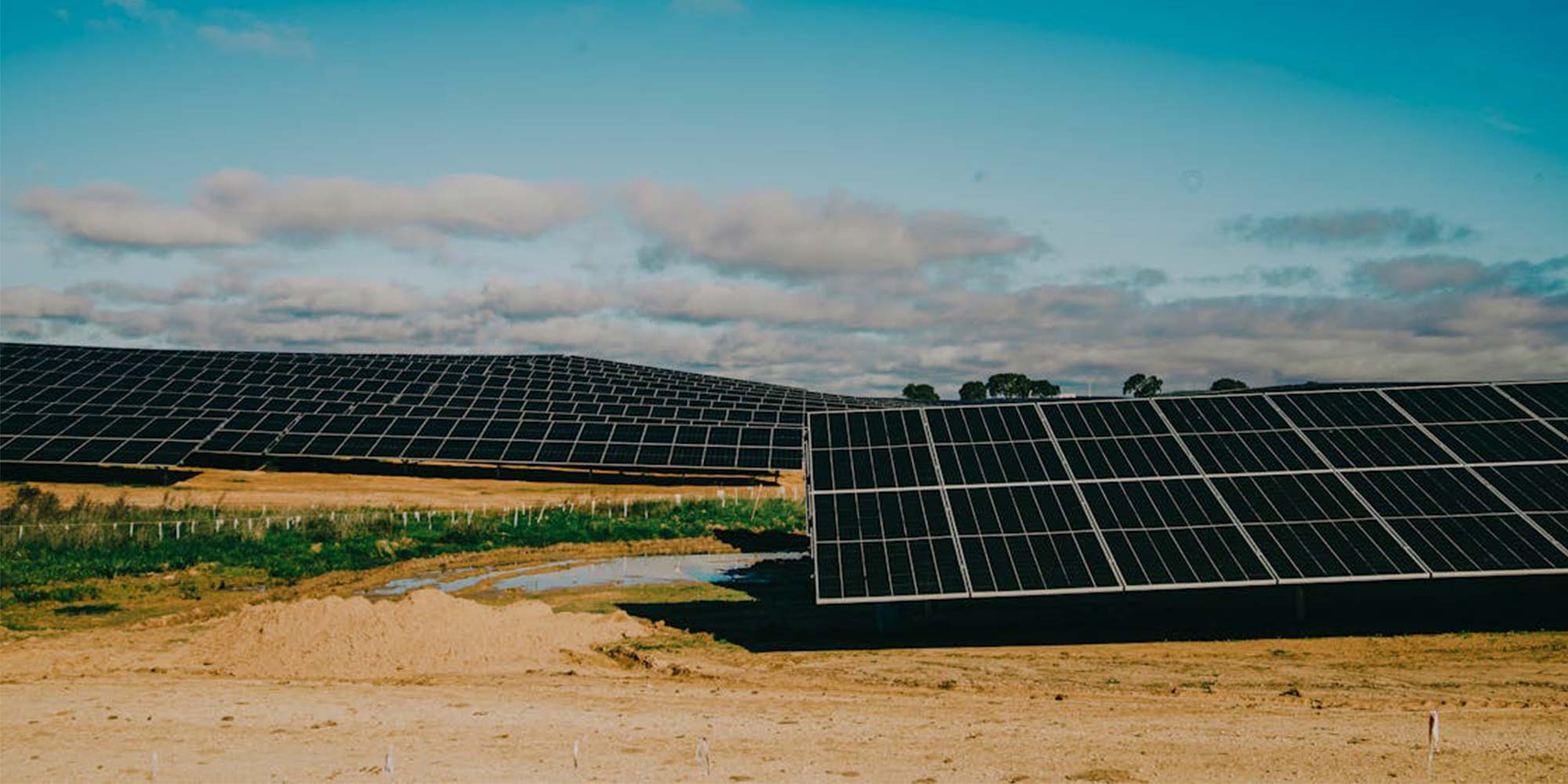Introduction:
In the realm of renewable energy, solar power stands out as a beacon of hope for a sustainable future. However, to truly harness its potential, advancements in solar panel technology are essential. Among these innovations, solar panel coatings play a pivotal role, promising enhanced efficiency, durability, and cost-effectiveness. In this comprehensive guide, we’ll delve into the exciting developments in solar panel coatings, exploring how they are reshaping the landscape of renewable energy generation.
1. Understanding Solar Panel Coatings
Solar panel coatings are thin layers applied to the surface of photovoltaic (PV) panels to enhance their performance and longevity. These coatings serve multiple purposes, including improving light absorption, reducing reflection, protecting against environmental factors, and facilitating self-cleaning mechanisms. By optimizing these characteristics, solar panel coatings contribute to maximizing energy conversion and minimizing maintenance requirements.

2. Traditional Coatings vs. Innovative Solutions
Historically, solar panel coatings were primarily focused on basic protective layers such as anti-reflective coatings and weatherproofing materials. However, recent advancements have ushered in a new era of innovation, introducing novel coating technologies with transformative capabilities. From advanced nano-coatings to self-healing polymers, the latest solutions offer unprecedented levels of efficiency and resilience.
3. Enhanced Light Absorption
One of the critical functions of solar panel coatings is to increase light absorption, thereby maximizing energy conversion. Innovations in this area include nanostructured coatings that trap incoming sunlight more effectively, as well as spectrally selective coatings that optimize absorption across different wavelengths. These advancements result in higher electricity yields and improved performance under various lighting conditions.
4. Reflection Reduction Techniques
Reflection of sunlight from the surface of solar panels can lead to energy loss and reduced efficiency. To address this challenge, researchers have developed anti-reflective coatings capable of minimizing reflection and maximizing light capture. Additionally, innovative surface texturing techniques are being employed to redirect reflected light back onto the panel, further enhancing overall efficiency.
5. Durability and Longevity
Exposure to harsh environmental conditions, such as extreme temperatures, humidity, and UV radiation, can degrade the performance of solar panels over time. To combat this, manufacturers are integrating durable coatings that provide robust protection against weathering and corrosion. Furthermore, advancements in self-cleaning coatings enable panels to shed dirt and debris automatically, maintaining optimal performance with minimal maintenance requirements.
6. Cost-Effective Solutions
While technological advancements often come at a premium, the quest for cost-effective solar panel coatings remains a top priority. Researchers are exploring scalable manufacturing processes and affordable materials to ensure widespread adoption of innovative coatings. By balancing performance with affordability, these solutions aim to drive down the overall cost of solar energy and accelerate the transition to renewable power sources.
7. Environmental Impact and Sustainability
In the pursuit of clean energy, it’s essential to consider the environmental impact of solar panel coatings. Fortunately, many of the latest innovations prioritize sustainability, utilizing eco-friendly materials and manufacturing processes. Additionally, coatings that extend the lifespan of solar panels contribute to reducing the carbon footprint associated with their production and disposal, further enhancing their environmental credentials.
8. Future Outlook and Emerging Trends
Looking ahead, the future of solar panel coatings appears promising, with ongoing research paving the way for even more groundbreaking advancements. Emerging trends include the integration of smart coatings equipped with sensors and actuators for real-time monitoring and control. Moreover, collaborative efforts between academia, industry, and government agencies are driving innovation and shaping the trajectory of the solar energy sector.
Conclusion:
As we journey towards a more sustainable future, the role of solar panel coatings in revolutionizing renewable energy cannot be overstated. With continuous innovation and investment in research and development, these coatings hold the key to unlocking the full potential of solar power. By harnessing the sun’s energy more efficiently, durably, and affordably, we pave the way for a brighter tomorrow—one powered by clean, renewable sunlight.